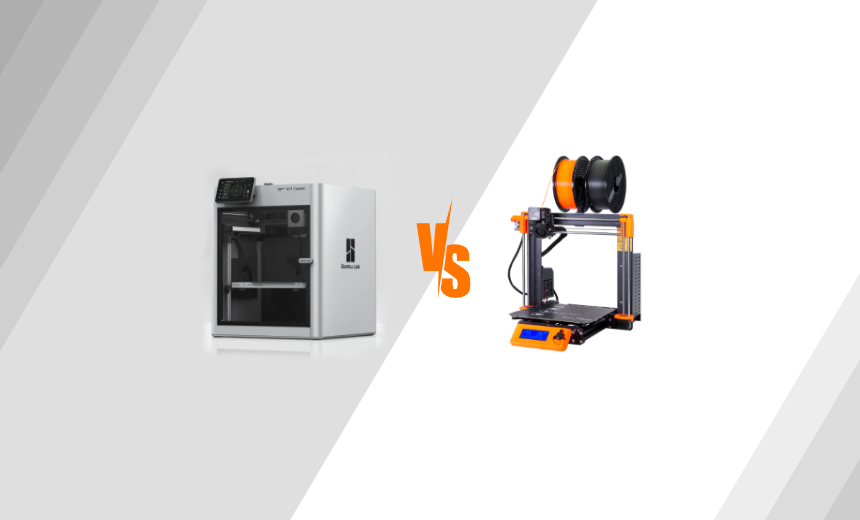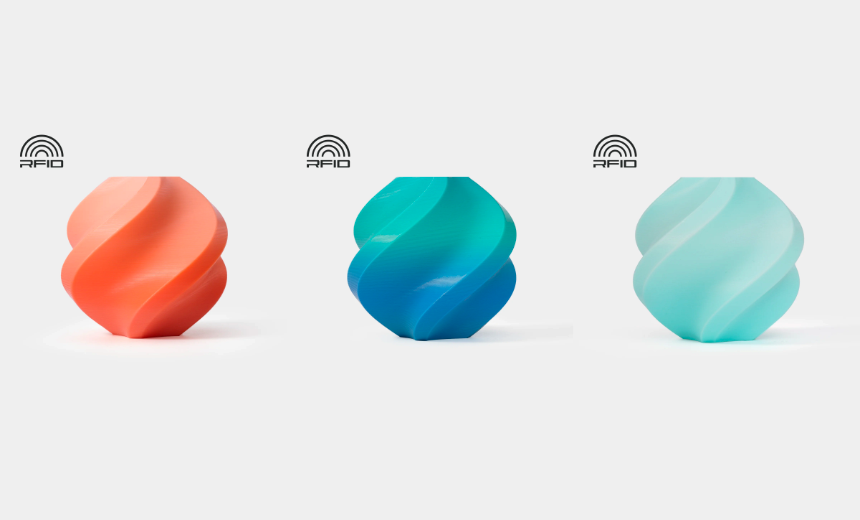Bambu Lab Expands Filament Offerings with the Introduction of ASA
As part of their unwavering commitment to innovation and customer satisfaction, Bambu Lab, a pioneer in the 3D printing industry, is excited to announce the addition of Acrylonitrile Styrene Acrylate (ASA) to their extensive portfolio of 3D printing materials. This new offering is a clear reflection of Bambu Lab's continual pursuit to diversify and enhance their filament offerings to better meet the evolving needs of their valued clientele.
ASA, a robust and versatile thermoplastic, brings with it a myriad of advantages, from UV and impact resistance to superior aesthetics, paving the way for more resilient, durable, and attractive 3D printed products. With the inclusion of ASA, Bambu Lab reaffirms its commitment to providing a comprehensive range of materials that cater to an expansive variety of applications and industries.
As Bambu Lab continues to push the boundaries of additive manufacturing, stay tuned for even more exciting additions to their filament roster, enabling creators to bring their most ambitious projects to life.

Understanding ASA: A Robust 3D Printing Material
Additive manufacturing, also known as 3D printing, has become an integral part of the modern industrial ecosystem. It has transformed various sectors, from automotive and aerospace to medical and consumer goods. A variety of materials are used in this revolutionary technology, one of which is Acrylonitrile Styrene Acrylate (ASA), a frequently used thermoplastic that stands out due to its unique properties.
What is ASA?
ASA, or Acrylonitrile Styrene Acrylate, is a type of thermoplastic that is commonly used in 3D printing. Its basic molecular structure is very similar to ABS (Acrylonitrile Butadiene Styrene), another popular 3D printing material. However, ASA replaces the butadiene component with acrylate rubber, which gives it superior resistance to weathering and UV damage, making it a more durable option for outdoor applications.
Properties and Advantages of ASA
ASA combines the strength and durability of ABS with additional attributes that make it suitable for a broader range of applications. Here are some of its notable properties:
- UV Resistance: Unlike ABS, ASA is highly resistant to UV light, which means it won't yellow or become brittle when exposed to sunlight over extended periods. This characteristic makes ASA an excellent choice for parts that need to withstand outdoor conditions.
- High Impact Resistance: ASA possesses high impact resistance and toughness, akin to ABS. This makes it an ideal material for manufacturing parts that require long-term durability and must withstand physical stress.
- Thermal Stability: ASA demonstrates excellent thermal stability, withstanding temperatures up to 98°C without deforming. This makes it suitable for applications where the material may be exposed to high heat.
- Finish and Aesthetics: ASA can be easily sanded and painted, making it an ideal material for creating aesthetically pleasing models and prototypes. It also exhibits a high-quality surface finish straight off the print bed.
- Water and Chemical Resistance: ASA is resistant to many chemicals and water, making it suitable for applications in challenging environments.
Applications of ASA in 3D Printing
Due to its advantageous properties, ASA is used in a wide array of applications:- Automotive Parts: Given its heat resistance and toughness, ASA is often used in the automotive industry for parts such as mirror housings, grills, and other components that must withstand outdoor conditions.
- Outdoor Equipment: Items such as garden tools, outdoor housing for electronics, and drones often use ASA due to its resistance to UV damage.
- Prototyping: ASA's ease of printing and finishing make it a popular choice for prototyping, especially for products that will be used outdoors.
- Marine Applications: Due to its water resistance, ASA is also suitable for marine applications like components for boats and marine electronics housings.

Printing with ASA
Printing with ASA typically requires a heated print bed and enclosed print chamber to ensure proper adhesion and prevent warping during the printing process. It's also important to note that while ASA is generally safe to use, it can emit fumes during the printing process, so adequate ventilation is crucial.
Overall, ASA's unique combination of strength, UV resistance, and aesthetic versatility make it an incredibly valuable material in the realm of 3D printing. Whether you're prototyping a new design, manufacturing parts for a car, or creating equipment to withstand the outdoors, ASA provides an advantageous blend of properties that are well suited to a wide range of applications.
ABS vs. ASA:
Composition of ABS and ASA
Despite their similarities, there is a distinct difference between ABS (Acrylonitrile Butadiene Styrene) and ASA (Acrylonitrile Styrene Acrylate) in terms of composition. ABS is a blend of acrylonitrile, butadiene, and styrene, while ASA replaces the butadiene in ABS with acrylate. This modification lends ASA additional UV resistance and weather adaptability.
While both ABS and ASA can release odors during the 3D printing process, ASA's scent is typically less pungent than that of ABS. This characteristic can make the printing process more comfortable, especially in non-industrial environments.
Differences in Applications
The modified composition of ASA allows for different applications compared to ABS. With its enhanced weather resistance and color stability, ASA is an ideal material for outdoor applications. These include but are not limited to, automotive exterior parts, signage, and outdoor equipment.
On the other hand, ABS is a versatile material that boasts excellent mechanical properties, making it suitable for a broad range of indoor applications. Its strength, ease of use, and flexibility have made it a popular choice in various industries, from toys to automotive interior parts.
ABS and ASA: The Similarities
Despite these differences, ABS and ASA share several key characteristics. From a physical and mechanical standpoint, both materials offer good impact resistance and high tensile strength. They have nearly identical levels of strength, toughness, and stiffness, making them both excellent choices for parts that must withstand wear and tear.
Furthermore, both ABS and ASA release odors during the printing process and require similar 3D printing conditions. Specifically, they both typically need a heated print bed and an enclosed print chamber to ensure optimal print quality and prevent warping, especially when printing larger models or those with a high infill density.
By understanding these nuances, users can make more informed decisions about whether ABS or ASA is the right material for their specific 3D printing project. Ultimately, the choice will depend on the specific requirements of the application, including factors such as exposure to UV light, weather conditions, and mechanical stress.
Price Comparison: ABS, ASA, and PC
When it comes to selecting the right material for your 3D printing project, not only do the physical properties and applicability of the materials matter, but cost is also a significant factor to consider. Let's explore the cost differences between ABS, ASA, and PC (Polycarbonate).
ABS
ABS is one of the most cost-effective materials available for 3D printing. At $27.99 per kilogram, it offers a combination of strength, flexibility, and ease of use at a price point that is accessible for many users. This affordability, coupled with its robust properties, has made ABS a popular choice for a wide range of indoor applications.
ASA
ASA, with its enhanced UV resistance and weather adaptability, comes at a slightly higher price than ABS. At $32.99 per kilogram, it offers greater durability and resistance to environmental factors compared to ABS. While ASA's price point is higher, it provides additional value for projects that require longevity and resistance to weather and sunlight, making it a cost-effective choice for many outdoor applications.
PC
Polycarbonate (PC) stands at the high end of the spectrum, priced at $39.99 per kilogram. PC is recognized for its superior strength, toughness, and heat resistance. It can withstand higher temperatures and impacts compared to ABS and ASA, making it suitable for demanding applications in industries such as aerospace, automotive, and engineering.
While PC's price point is the highest among the three, it offers excellent value for users who need a material that can endure challenging environments and demanding conditions. Its superior properties may justify the higher cost in applications where strength, durability, and heat resistance are paramount.
Images and Sources: https://us.store.bambulab.com/products/asa-filament


